Author: Phil Rusher
While lighter versions of traditional German pale lagers were served to factory and fieldworkers as a way to quench thirsts without risking safety, the German Leichtbier of today is marketed as having fewer calories and alcohol than other common beers. In fact, whereas German brewing practices have been largely influential in other regions, there’s some evidence Leichtbier was influenced by the popularity of light lager in America. The BJCP provides the following description of this easy-drinking style:
A pale, highly-attenuated, light-bodied German lager with lower alcohol and calories than normal strength beers. Moderately bitter with noticeable malt and hop flavors, the beer is still interesting to drink.
The light nature of Leichtbier definitely doesn’t decrease the potential for deliciousness from this underappreciated staple of the modern German beer world. Crisp and refreshing, Leichtbier pairs as beautifully with summertime swim parties as it does with holiday family gatherings. The lower alcohol content and scant ingredient list make this style an ideal candidate for brewing in an abridged fashion!
| BREWING THE BEER |
Having never made a German Leichtbier before, I relied on various versions I found online to help me formulate the recipe.
Short & Shoddy German Leichtbier
Recipe Details
| Batch Size | Boil Time | IBU | SRM | Est. OG | Est. FG | ABV |
|---|---|---|---|---|---|---|
| 6 gal | 20 min | 19.1 IBUs | 3.7 SRM | 1.035 | 1.009 | 3.4 % |
| Actuals | 1.035 | 1.007 | 3.7 % | |||
Fermentables
| Name | Amount | % |
|---|---|---|
| Pilsner Malt | 10 lbs | 90.91 |
| Munich Malt | 1 lbs | 9.09 |
Hops
| Name | Amount | Time | Use | Form | Alpha % |
|---|---|---|---|---|---|
| Hallertau Magnum | 18 g | 20 min | Boil | Pellet | 12 |
| Hallertauer Mittelfrueh | 28 g | 10 min | Boil | Pellet | 4 |
Yeast
| Name | Lab | Attenuation | Temperature |
|---|---|---|---|
| Urkel (L28) | Imperial Yeast | 73% | 52°F - 58°F |
Notes
| Water Profile: filtered Auburn, NY tap water with a splash of lactic acid |
Download
| Download this recipe's BeerXML file |
At 9:30 AM on a Sunday morning, I started this batch by collecting the full volume of water required for this 5 gallon batch.
After haphazardly adjusting the water profile with a wholly imprecise addition of acid and precisely zero mineral additions, I lit the flame on my burner and began heating to strike temperature. During the wait, I weighed out and milled the grain directly into a BIAB fabric filter.
Once the water was adequately heated, I dropped the grain bag in and gave a quick stir before checking the mash temperature. Nailed it.
With a timer set for 20 minutes, I proceeded to measure out the kettle hops for this beer.
When the abbreviated mash was complete, I removed the grain bag, tossed in the FWH addition, and brought the wort up to a boil.
After just 20 minutes of boiling, during which the rest of the hops were added, I cut the flame and chilled the wort with homemade immersion chiller.
Based on past Short & Shoddy batches, I assumed a fairly low brewhouse efficiency when designing this recipe; however, a refractometer reading revealed the wort hit 1.035 OG, which is 0.001 SG point higher than the BJCP range. Nice!
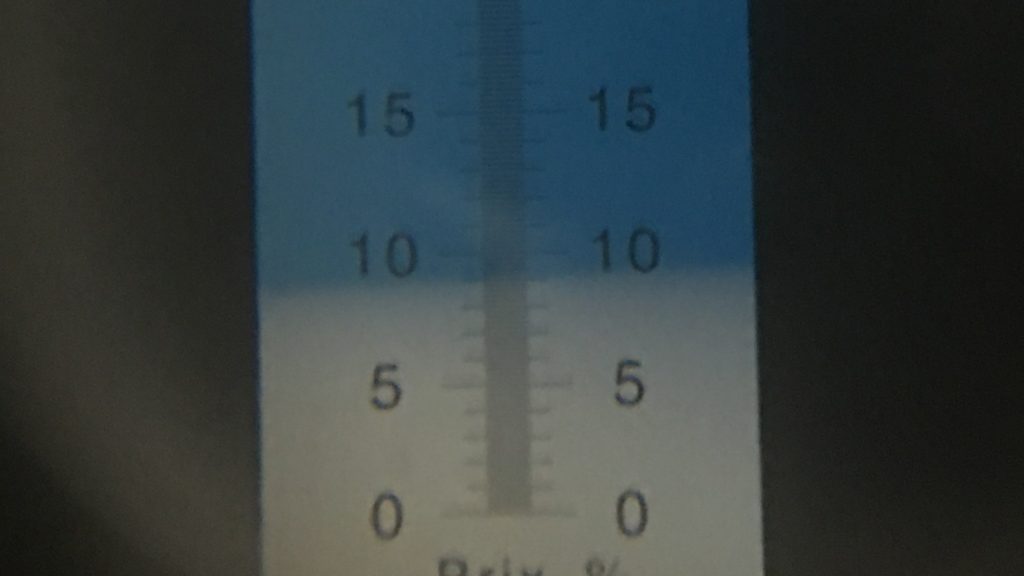
Just over 2 hours from the start of my brew day, I transferred 5.5 gallons/21 liters of wort to a sanitized fermentor without giving the trub time to settle out first.
I moved the warm wort to my fermentation chamber and allowed it to chill to a less shoddy lager pitching temperature, only because I would be reusing the yeast for an upcoming xBmt. Once the wort was at 50°F/10°C, I direct pitched a pack of Imperial Yeast L28 Urkel. When I returned 36 hours later, I noticed a healthy kräusen had developed.
I let the beer ferment for 5 days without temperature control and by the fifth day it has reached 63°F/17°C. With no noticeable activity 2 days later, just a week after pitching the yeast, I took a hydrometer measurement confirming FG had been reached.
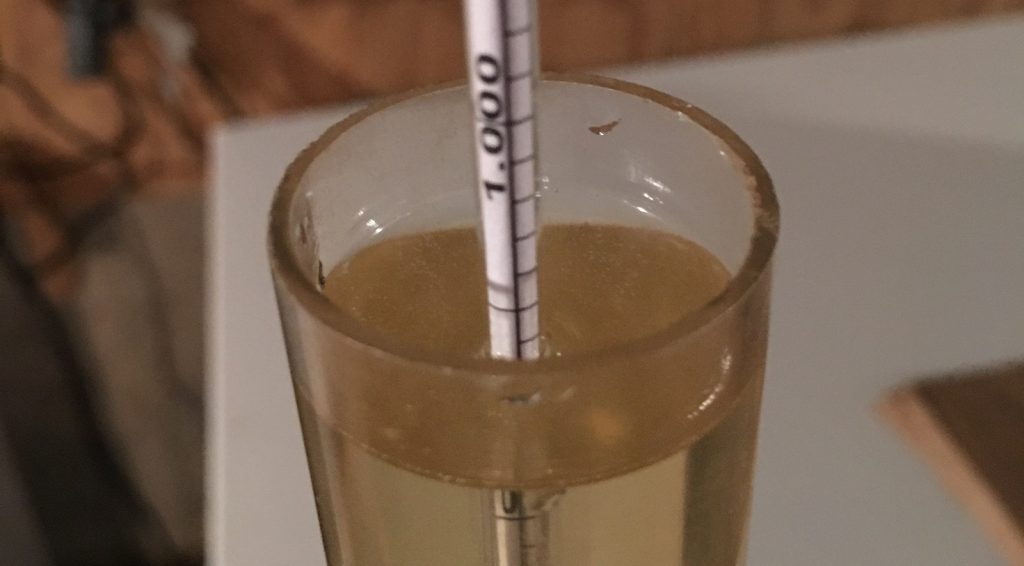
I then reduced the temperature to 37°F/3°C and let the beer cold crash for a few days. Once the beer was racked to a sanitized keg, I placed in my keezer and burst carbonated at 30 psi for about 36 hours before reducing the gas to serving pressure. After a couple weeks of cold conditioning, I began serving the beer to blind participants.
| RESULTS |
A total of 19 people of various levels of experience participated in this Short & Shoddy evaluation. Participants were first asked to identify the style they believed the beer to be based on their perception.
Tasters were then instructed to rate how hoppy, malty, and dry they perceived the beer to be on a 0-5 scale where a rating of 0 indicated “not at all” and 5 indicated “extremely;” these ratings were then averaged.
Tasters were provided a list of common hop, malt, and yeast characteristics then instructed to select from each the one they perceived as being strongest in the beer.
Hop Characteristics
Malt Characteristics
Yeast Characteristics
Next, participants were asked to indicate whether or not they detected any off-flavors in the beer; those who did were provided a list of common off-flavors and instructed to select the one they perceived as being strongest. A total of 5 tasters reported perceiving off-flavors in this beer, 2 picking up acetaldehyde, 2 noting diacetyl, and 1 detecting DMS.
Tasters were then asked to rate how much they enjoyed the beer on a 0-5 scale where 0 indicated they hated it and 5 indicated they loved it.
Finally, the beer style was revealed to participants and they were asked to rate how representative it was on a 0-5 scale where 0 meant “not at all” and 5 meant “exactly.”
My Impressions: In addition to being my first time both brewing and tasting a Leichtbier, this was also my first Short & Shoddy batch, so I really wasn’t sure what to expect. Pouring from the tap, I perceived the beer as light and off-dry with a restrained bitterness. The malt flavors were crackery with a whisper of toast that balanced the restrained spicy/herbal hop character. Having no prior experience with this particular style, to my palate, it hit the major bullet points based in the BJCP guidelines. I’m now quite keen to see what a well made commercial example tastes like.
| CONCLUSION |
A common belief among brewers is that the lighter the style, the more difficult it is to make, as there’s less to hide behind. This is especially true for lagers, and even more so for light lagers, which some describe as beer flavored water. German Leichtbier being essentially a pale fizzy lager with a European twist, it certainly fits this category, and hence many would contend brewing a tasty example requires the utmost attention to detail.
However, I threw caution to the wind and brewed my first German Leichtbier using a cringe inducing process that convention says should lead to a beer with numerous flaws. While a minority of tasters indicated perceiving off-flavors, there was little consistency between them. When asked to identify the style of beer they were tasting, most participants did select pale lagers, but nobody correctly chose German Leichtbier. This could definitely be because my version wasn’t a good depiction of the style, though I also wonder to what extent it had to do with lack of knowledge and/or experience.
In addition to drinking and thoroughly enjoying this beer while it was on tap on my house, I also sampled it during the data collection process and didn’t notice anything off at that time. Admittedly, I’m not sure how anyone could have perceived anything resembling a sour or spiced beer, as like the majority of participants, I felt it had a very clean fermentation characteristic with a crackery malt flavor and subdued hop spiciness.
For my first Leichtbier, I have to admit I was pleasantly surprised with how it turned out, especially considering the methods I used to make it. I now know I’m a fan of this style, which I look forward to seeking out commercial examples of as well as brewing again in the future. This also being my first Short & Shoddy brewing experience, I was excited with how well it worked and that the beer was actually as good as it was.
If you have thoughts about this Short & Shoddy brew, please feel free to share in the comments section below!
Support Brülosophy In Style!
All designs are available in various colors and sizes on Amazon!
Follow Brülosophy on:
FACEBOOK | TWITTER | INSTAGRAM
If you enjoy this stuff and feel compelled to support Brulosophy.com, please check out the Support page for details on how you can very easily do so. Thanks!

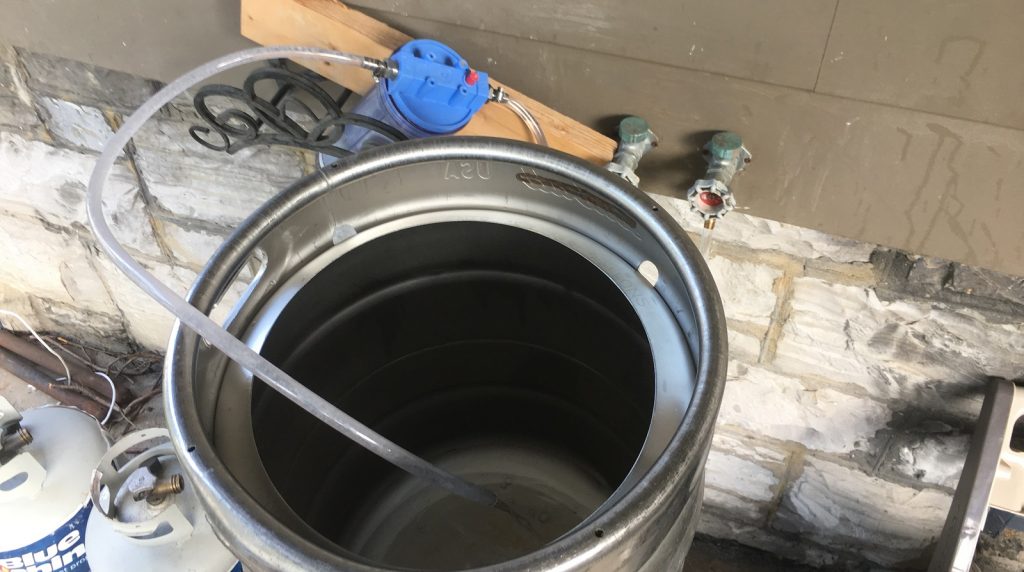
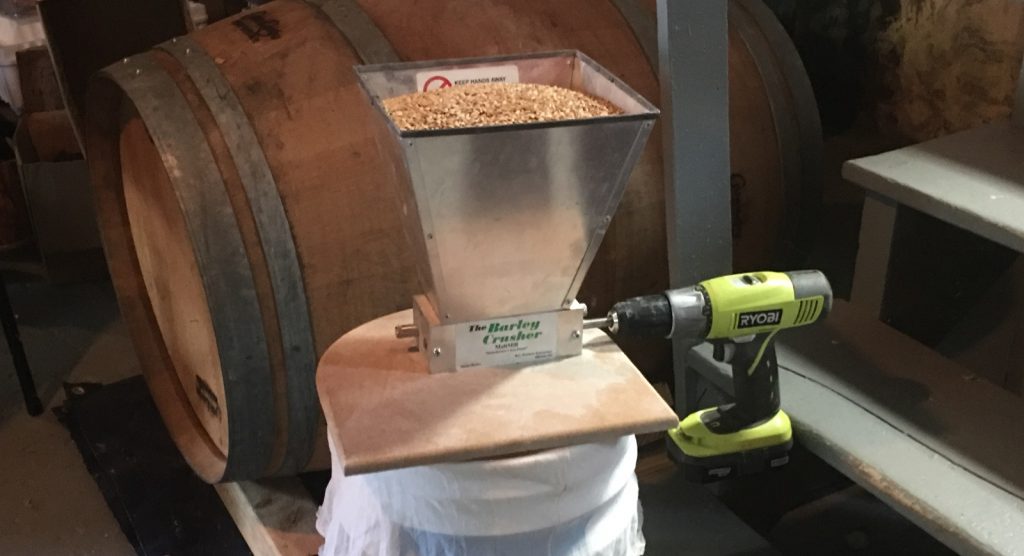


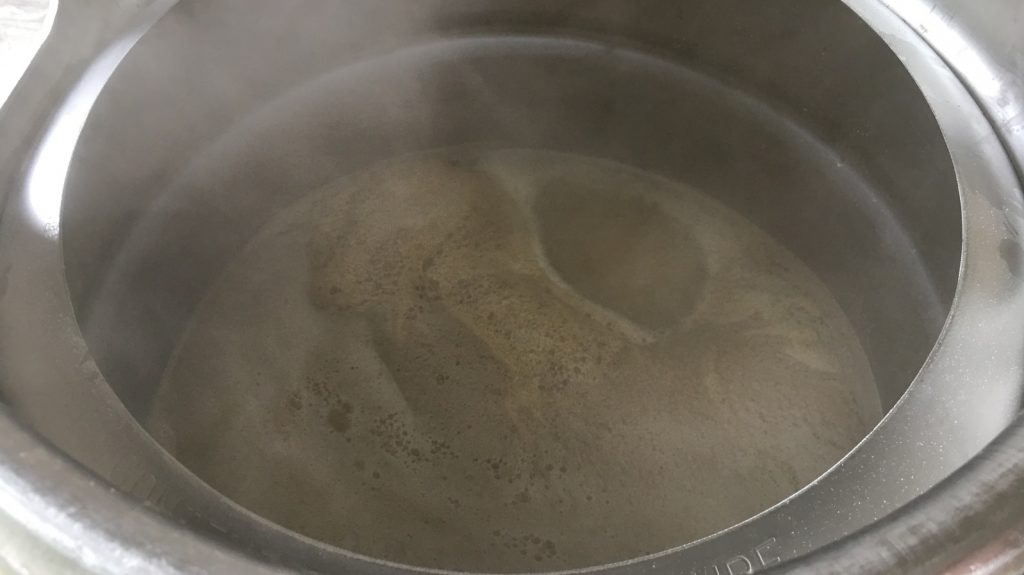
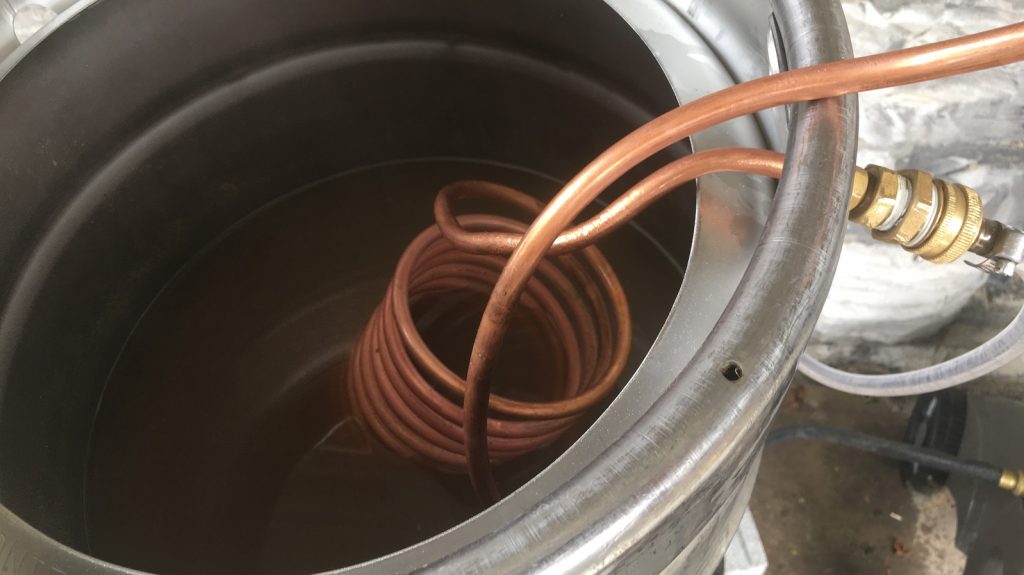

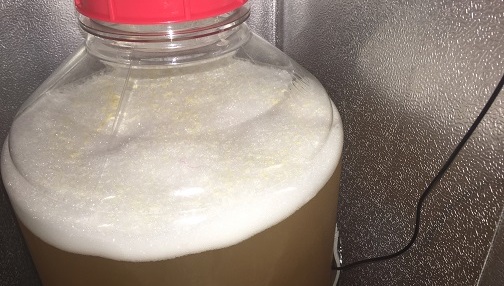

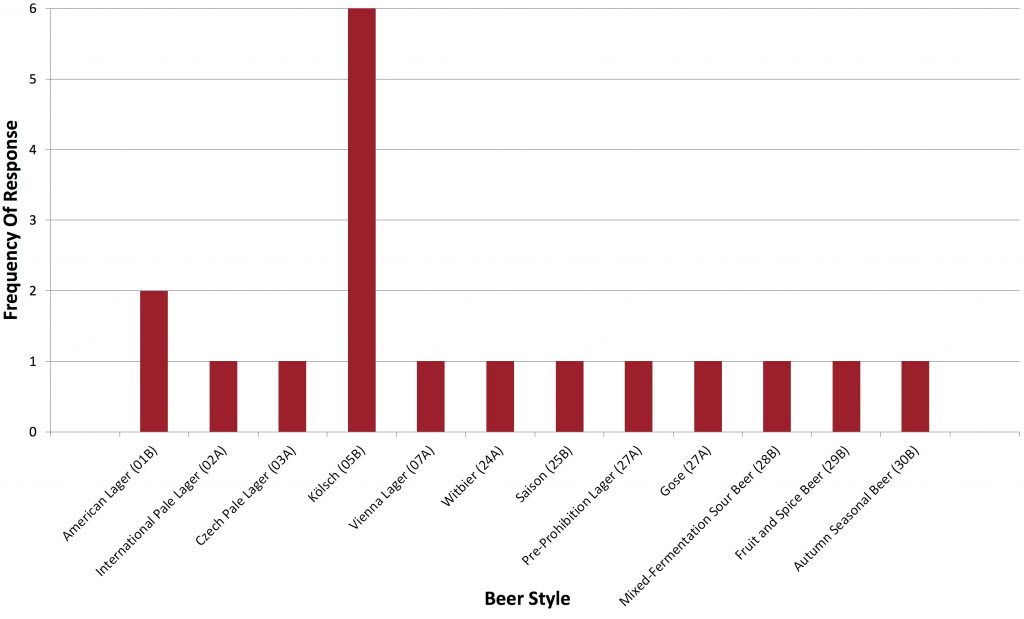
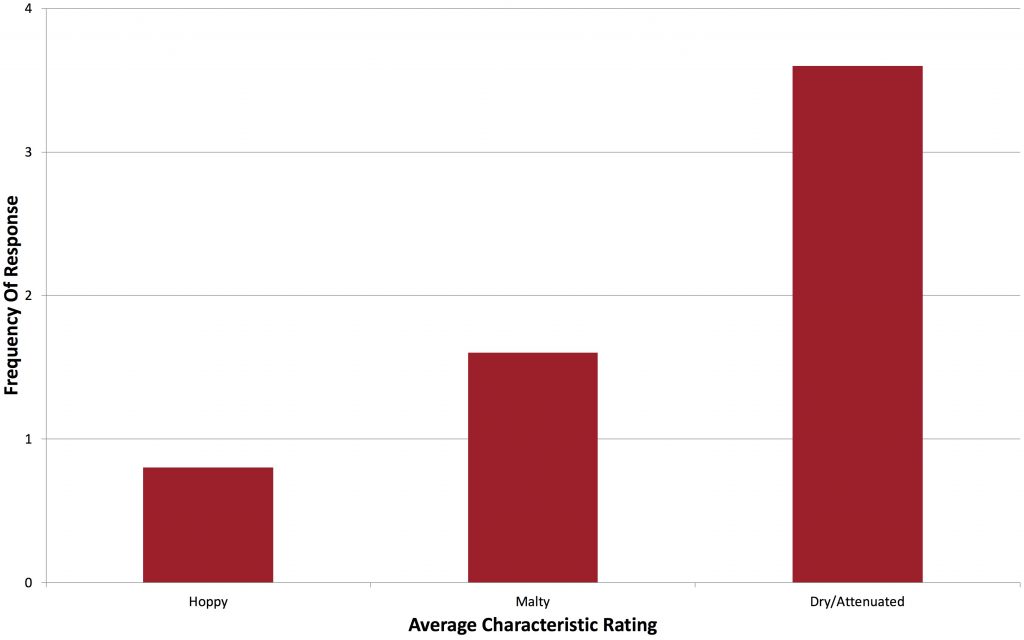

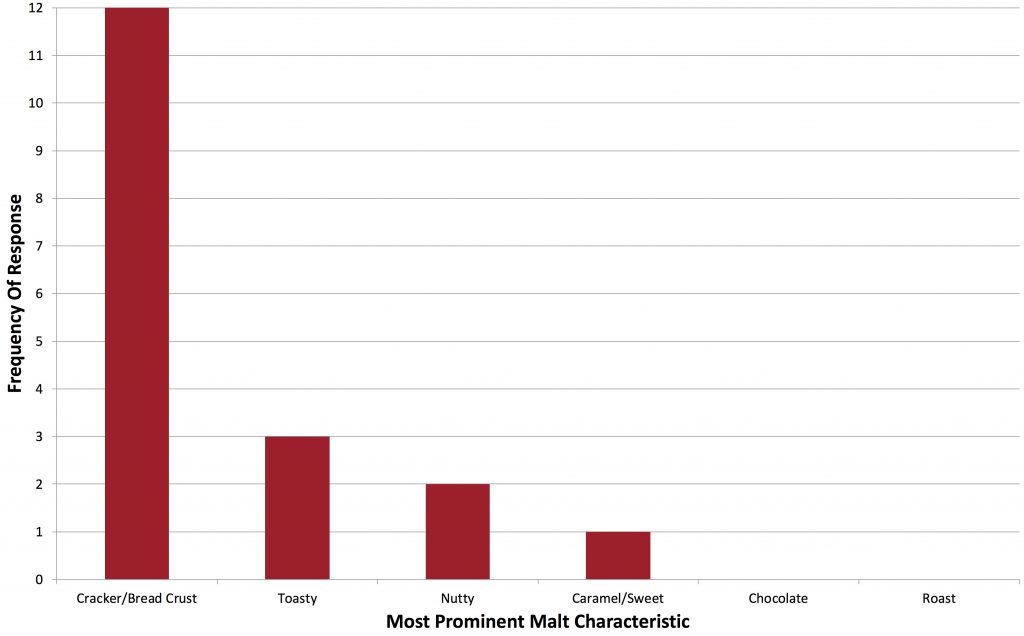
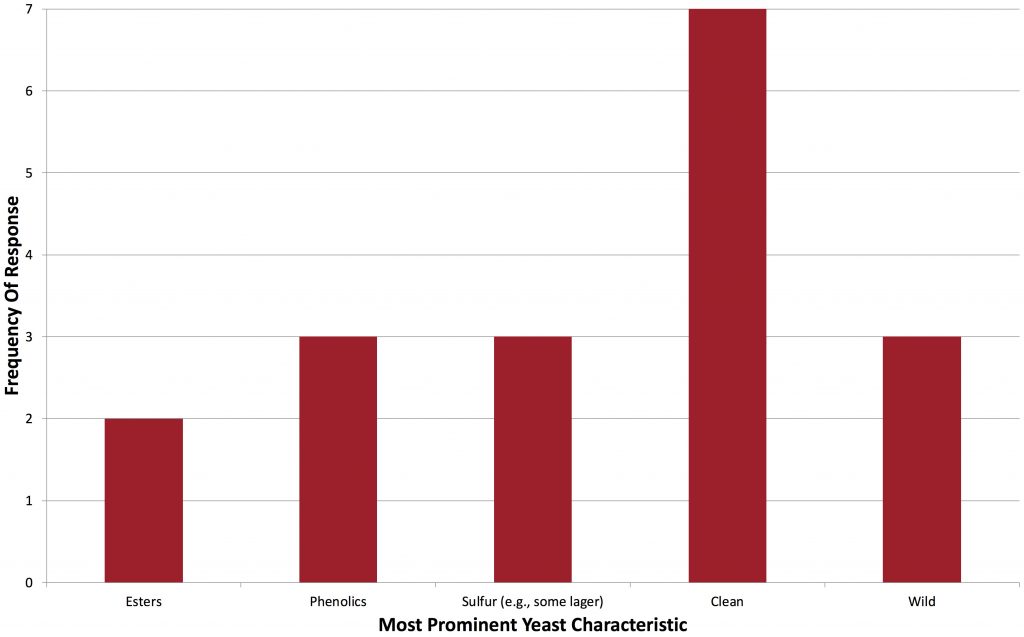
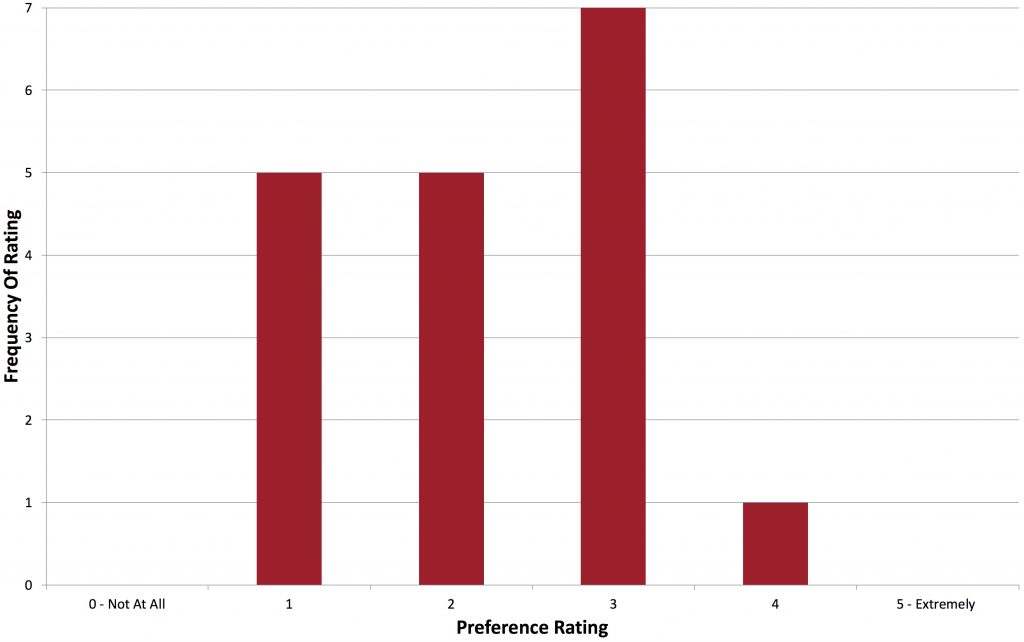











14 thoughts on “Short & Shoddy | German Leichtbier”
“but nobody correctly chose German Leichtbier. This could definitely be because my version wasn’t a good depiction of the style, though I also wonder to what extent it had to do with lack of knowledge and/or experience.”
Could that possibly be due to the fact that “German Leichtbier” wasn’t on the list of options to pick from? (or at least, it never showed up in the image included in this post)
Right, fair question. What is pictured here is the raw data that was obtained, so it contains only the responses provided by participants. When participants are asked to evaluate a beer they are given a variety of options, and I promise that German Leichtbier was hiding in plain sight along with the others that were listed there!
There was no list to pick from for perception of style.
Fair question! German Leichtbier was hiding in plain sight with the other styles that were listed there. What you see in the post here is the raw data; only the responses that were provided by the participants.
I’m guessing they don’t give a list of styles. For the hop chronicles, they don’t; the survey just gives a blank entry for you to type in the styles you think the hops would fit. I’m assuming the same here. Introducing a list could lead/bias responses, especially in this situation, though with lesser known styles it also means there’s a chance that no one would guess it.
Nice write up. I am curious if you collected results for off flavors or if any where noticed. I am wondering if any DMS flavor came through with the abbreviated boil and lager/fermentation period with such a light lager. Thanks. Cheers!
Thanks! Yes, we collect data for if/when participants perceive off flavors and this is discussed in the passage the Yeast Characteristics graph. We also talk about this in the impressions and conclusion sections of the write up.
I tend to be my own worst critic and to me, I did not perceive any off flavors. But that doesn’t mean that others won’t or wouldn’t.
Very cool xbmt and what an interesting style of beer! Stoked to try this one out in the future.
Thanks! Yeah, I’m eager to make another one myself. Who knows, maybe I’ll do something crazy like mineral additions too.
Try your light beer using glucoamylase enzyme. It requires a ph adjustment downward to around 4.8 for peak effectiveness (depends on the source of the enzyme whether bacterial or fungal), and best to incorporate a temp rise to denature the enzyme as it will persist in beer lines for a period of time unless you are cleaning the lines with a beer cleaner. Mash as normal, then drop the temp to 135F, add your enzyme and let rest for 90 minutes. Then bring temp up and boil as normal. You could bring the ph back up at the end of boil if desired. That should make for a very highly fermentable wort that will be extremely highly attenuated. Everyone is crapping themselves to get on the BrutIPA bandwagon, but the Brut Leichtbier could be the next craze. It’s just waiting for you.
Interesting idea. I’m not one to jump on bandwagons with most anything (if you can believe it I’ve still only had one NEIPA outside of a competition setting…) so I’ve yet to start messing around with brut IPA. But this idea of brut leichtbier just makes me think of Michelob Ultra. Probably wouldn’t be reinventing the wheel here, but still might be fun to play around with!
I just brewed a similar version of this. 30 min mash 20 boil. Pils, Munich and a touch of aromatic. Bitter with Cluster and flavor/aroma Ultra. A. I set it for a SG of 1.033. Hit it. I am fermenting with the Cali Lager (mostly because I had it and I can run it clean @ 58F). In a couple weeks I will have what I hope will be a good tasting light beer!
Sounds like it’ll be might tasty!
Honestly, when this beer was fresh it was one of my most favorite that I’ve made. Prost!